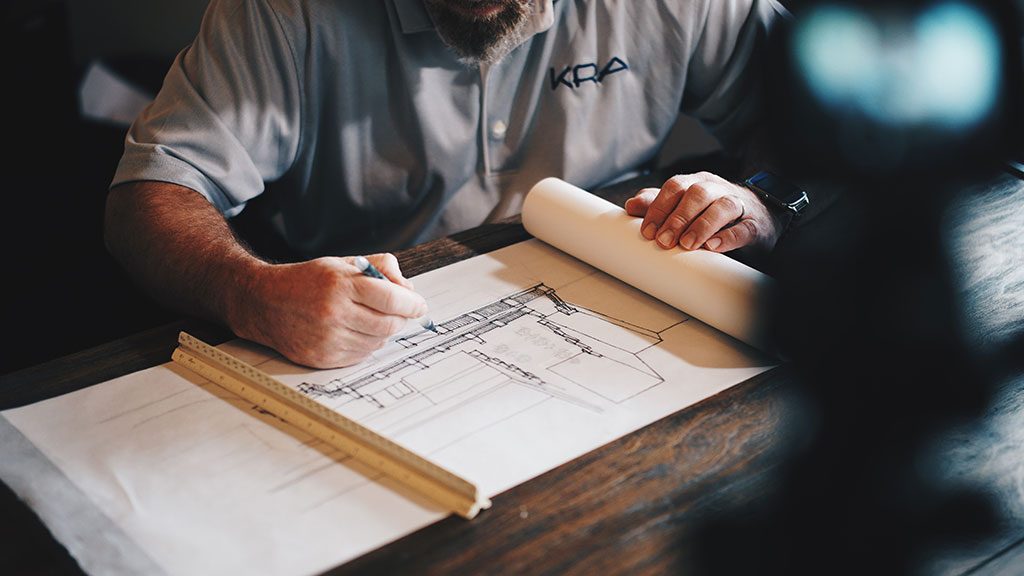A young, small architectural firm working in Los Angeles typically doesn’t land business with the Amazons of the world, but one architect’s wide scope of services has opened doors, not only to Amazon but also to Ring, Blue Bottle Coffee and Lendlease — the latter two are major companies in Los Angeles.
The reason? “We’ve brought properties to some of these companies (at no risk to them) and that is how we have been able to work with them,” Matthew Rosenberg, founder and CEO, Los Angeles-based architectural firm M-Rad, told a seminar audience recently at the Buildings Show in Toronto.
Along with offering traditional architectural services, Rosenberg’s firm provides pre-architecture and post-architecture services in a fiercely competitive market where architectural fees often are not enough to keep a design firm in the black.
Among Rosenberg’s business strategies is investing in properties his firm designs. Forming partnerships with owners, property managers and other key players is integral.
Originally from Saskatchewan, Rosenberg said his Los Angeles firm’s extended business scope covers site sourcing, property analysis and parcel assembly. The firm also sources capital and underwrites properties.
“To some extent we act like a developer,” Rosenberg said, noting it “adds an enormous value” to M-Rad’s services.
“Instead of looking for developers to hire us, we present them with capital deals, assemblages of four or six properties basically in a wrapped-up package ready to go,” he said. M-Rad’s service includes yield and massing studies and development options on a given property “basically delivered (to developers) on a gold platter.”
“It allows us to take part in the equity, get referral fees…instead of just working off (architectural) fee structures. It gives us a safety net to continue to grow.”
He told delegates architects run “very difficult businesses.” The fee structure for designs is typically low, making it difficult for firms to get ahead.
Added value comes through meetings with the community to see what residents and business owners want to see developed, he said, noting that M-Rad’s scope includes interior design and furniture design.
“The idea of these post architecture (services) is to speed up some of the revenue verticals. It also allows us to brand (through marketing strategies) our projects.”
A case in point is the firm’s design and production of two fragrances because “smell is one of the strongest ways to tap into someone’s (potential client) memory sense.”
Rosenberg said his firm analyzes one or two properties daily all over the world for everything from zoning to building codes.
The ultimate objective is to learn as much about properties and the roles of all the consultants involved in a project in order to improve the final product.
“If everybody at the table is not standing together…that’s a problem.”
Rosenberg said a wakeup call came six years ago after M-Rad lost money on one of its first design commissions — a multi-family development — because the firm underbid the competition to get the job.
“We had to pay for that project with another project. It’s an endless vicious cycle,” he said.
A 740,000 square foot bio-tech research campus commission M-Rad won involved a lot of free “spec work. Architects work for free because they must, but they can also ask for something.
The developer provides time and gets equity. Engineers can do that, owners can do that, and architects can do that,” Rosenberg told the seminar.
“We have to realize that the angle is not for one person to get rich.”
The end goal is to design and develop better projects “and if we can all come together at the beginning of the process, that is where we will be able to add greater value than we are adding now.”
In the long run he hopes M-Rad’s agenda raises the bar across the industry, “creating a shift” in the way architects do business to improve efficiencies and create new revenue channels.



Recent Comments